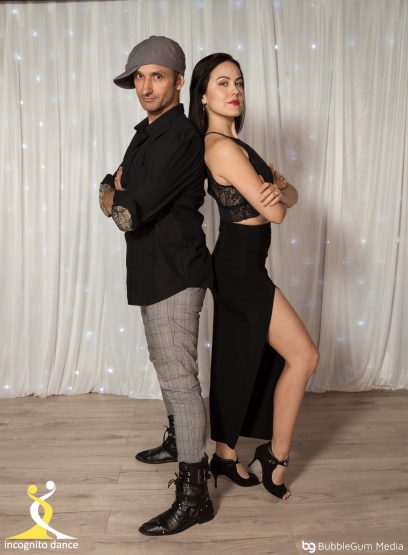The Best Strategy To Use For Dance San Francisco
Wiki Article
Dance San Francisco Fundamentals Explained
Table of ContentsThe Definitive Guide for Dance San FranciscoThe Best Strategy To Use For Dance San FranciscoGetting My Dance San Francisco To WorkHow Dance San Francisco can Save You Time, Stress, and Money.3 Easy Facts About Dance San Francisco ShownA Biased View of Dance San FranciscoDance San Francisco - An Overview
The major difference that distinguishes the Miami-style from other North American styles is the "Atras" or "Diagonal", back damaging actions done in reverse diagonally instead of relocating forwards and in reverse as seen in the New york city design. Dancers do not change their body weight significantly as seen in other designs. bay area salsa dancing. Rather, dancers maintain their top body still, positioned and relaxed, concentrating on foot activityA significant distinction between Cali Design and Miami-style is the last is specifically danced on the downbeat (On1) and has components of lusters and show-style included in it, following repertoires of North American styles. Miami-style has several followers, especially Cuban-Americans and other Latinos based in South Florida. In the 1950s, Salsa Rueda or much more precisely Rueda de Casino was developed in Havana, Cuba.
Most of the steps entail quickly exchanging companions. "Rueda de Cuba" is original sort of Rueda, originating from Cuba. It is not as official as Rueda de Miami and contains about 30 phone calls. [] It was codified in the 1970s. [] "Rueda de Miami" stemmed in the 1980s from Miami, is an official design with many regulations based upon a mix, and is a hybridization of Rueda de Cuba & North American dance designs, with some routines mirroring American culture (e.
Some Known Questions About Dance San Francisco.
Coca-Cola, Dedo, Adios) which is not found in the traditional Cuban-style Rueda - bay area salsa dancing. Cali-Style Salsa, additionally referred to as Colombian Salsa and Salsa Calea, is based around the Colombian City of Cali. Cali is also understood as the "Funding de la Salsa" (Salsa's Resources); as a result of salsa music being the main genre in celebrations, clubs and festivals in the 21st century.Cali has the highest possible number of salsa institutions and salsa teams in the globe. The main attribute is the footwork which has quick fast actions and avoiding movements called "repique".
Top Guidelines Of Dance San Francisco
They include various acrobats such as partnered flips to entertain with these jaw going down feats. Their maneuvering is complex and exact, assisting a number of Colombian Design professional dancers win major globe championships. Cali hosts many yearly salsa occasions such as the Globe Salsa Cali Event and the Encuentro de Melomanos y Coleccionistas.For instance, scientists in the all-natural sciences studied the math of salsa dance moves. In the social sciences, scientists have examined salsa dancing to comprehend, for instance how the Latino identification is linked to salsa dance. The research study of salsa dancing has actually been researched as a allegory to understand psychological and cultural economic situations.
Centro Journal. Gotten 2023-05-26. Salsa Vida.
Salsa Vida. 26 June 2023. Retrieved 5 October 2023.
Salsa Vida. Movers and Shakers Salsa & Bachata Dance Academy. Spinning Mambo Into Salsa.
The city of music memory: salsa, moved here document grooves, and popular society in Cali, Colombia. Salsa Vida SF. The Journal of Popular Culture.
Dance San Francisco for Dummies
:10. 1002/cb. Journal of Service Research Study.
Something failed. Wait a minute and try again Try once more.
Dance San Francisco - The Facts
We're speaking about the dancing, not the delicious South American spice. The origins of the word "Salsa" as the name of a dance has actually provided discussion for years. One of the most prominent (and possibly accepted) theory is that Cuban and Puerto Rican artists in New York coined the phrase in New york city in the 1970's, to explain the spicy combination of songs they were creating out of the rhythms and motifs of Cuban boy montuno, guaracha, chachacha, mambo and bolero.Report this wiki page